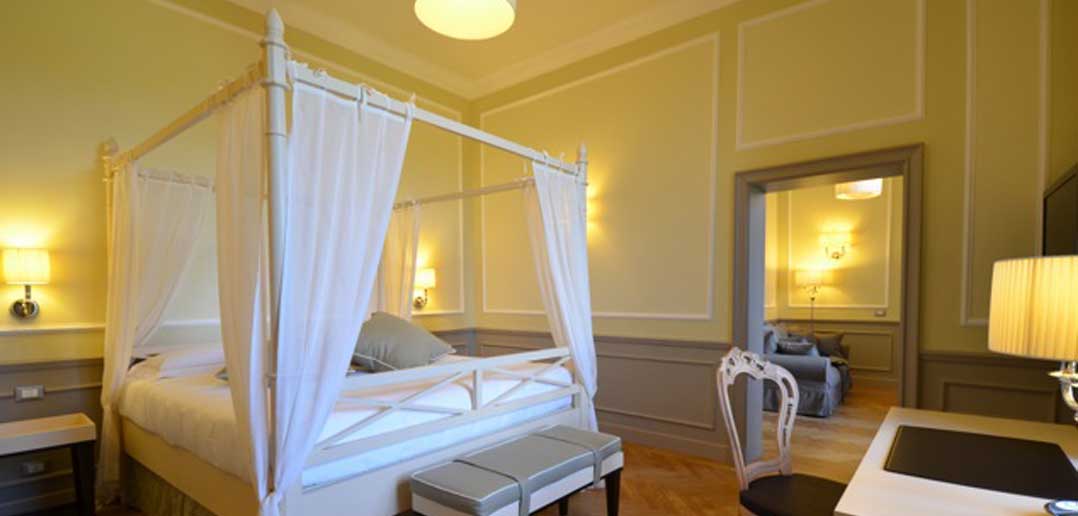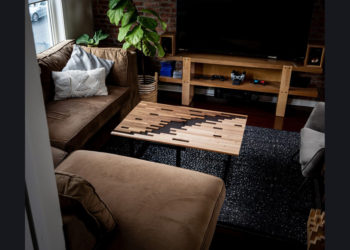I’ve been wanting to visit Italy for as long as I can remember. While I grew up in a small town called Maple, Ont. at a time when it was perceived as a gathering place for ex-pat Italians, I knew that the real deal would be entirely different. So in the middle of May, we flew to Rome and my love affair with Italy really began.
Nothing could have prepared us for how good everything tasted and the transcendent aesthetic that surrounded us – food and design alike: a few excellent choices of ingredients or décor that were presented in their pure unadulterated state to be enjoyed.
Within miles of leaving the airport, we stopped at the Autogrill restaurant along the highway and joined the throngs crowded around the counter, enjoying a delicious espresso and grilled sandwiches prepared with fresh cheese and prosciutto. Who would have expected that one of the best coffees and sandwiches around would be found in a gas station? Everywhere we travelledwe observed a thriving culture of locals in coffee shops and barrelling their way through narrow cobblestone streets on mopeds —with kids, dogs and art supplies equally packed in on the tiny machines.
History and modernity coexist harmoniously, and the history is just absorbed as the city grows around it. You could turn a corner and see ancient aqueducts built into the façade of a gateway or along the side of a building, or enter a central square where new buildings have simply been built around ancient crumbling columns.
But it’s the constant dialogue, the gathering to discuss and debate, that struck us most about the Italian culture. In Toronto today you hear the pick pick pick of text messaging; in Italy, the art of the conversation still reigns. Whether gathered at the local bar, or driving down the street, people are still actively engaged with each other.
And this conversation shapes the culture and society. Many shops are closed from 1 p.m. to 4 p.m. for pranzo —or lunch — and if you walk the streets during this commercial break, you can hear the cutlery and conversation filtering down from the windows above.
In Italy, food serves as a gathering point for families and friends. There is nothing so delicious as a caprese salad made with tomato from the vine, or fresh, oozing buffalo mozzarella drizzled with homemade olive oil.
The pride that is evident in the quality of food and material was never more evident than in speaking with Francesco Daddi, the owner and steward of the Castello La Leccia Hotel —a vineyard and olive oil manufacturer in Castellini in Chianti.
He has lovingly restored the Castello—constructed in 1077 and in the family since the early 1900s —and transformed it into a beautiful boutique hotel. He dedicated more than five years to gaining the approvals necessary to proceed with his vision for the space, and then carefully selected the timeless and elegant furnishings to deliver the peaceful surroundings.
In the halls of his building, old artifacts sit in their original place and framed portraits of his ancestors hang on the walls. There is a feeling calm as you gaze out on the rolling hills of Tuscany, and it’s the simplicity of the beautiful surroundings that contribute to this.
As for the hotel rooms, they are decorated with floor length curtains, a grey sofa, an appealing four poster bed, and white and beige linens —nothing to distract the eye, and all working to invite you in but direct your gaze to the outdoors.
The aesthetic we found time and time again in the hotels and restaurants we visited throughout our stay was simple, unadorned, pure.
Italian interior designs allows for the dominant aspect in each room to be transcendent —be it the view, the history, the surroundings. Italians don’t drown out their spaces with fixtures, textures or distractions, but allow a neutral palette to really set it off.
The same mentality applies in restaurants, where they present a simple, salt-baked fish, or a pizza or pasta with sauce and one or two ingredients. The simplicity is meant to allow us to savour the flavour and for those few ingredients to really stand out.
While I’ve called this mentality simple, I think it’s really about accepting that a few of the right choices —design, decor or ingredients —are all that is required to transform a building, a room or create an outstanding meal.
As we journeyed through sun-kissed villages and enjoyed the freedom of vacation, we also absorbed the ethos of the people around us. The lasting feeling we returned with is a love of life and the spirit to live in the now.
So pick your favourite scarf —a staple of the Italian outfit —and start planning your next vacation to Italy. The love of life and family, the ability to let the right ingredients speak for themselves, and the abundant beauty and elegance of the buildings and history everywhere make this place a feast for the eyes, ears and mouth alike.
To see more photos of our recent trip to Italy, feel free to check out our photo album.
Here are some design friendly places to stay:
Castello La Leccia, Castellina in Chianti
DOM Hotel, Rome
Hotel Helvetia, Sestri levante
And recommendations for special places to eat:
Roscioli, Rome
Chef Squillante at Ghibli Restaurant, Port of Sorrento
Vecchia Mura, San Gimignano







